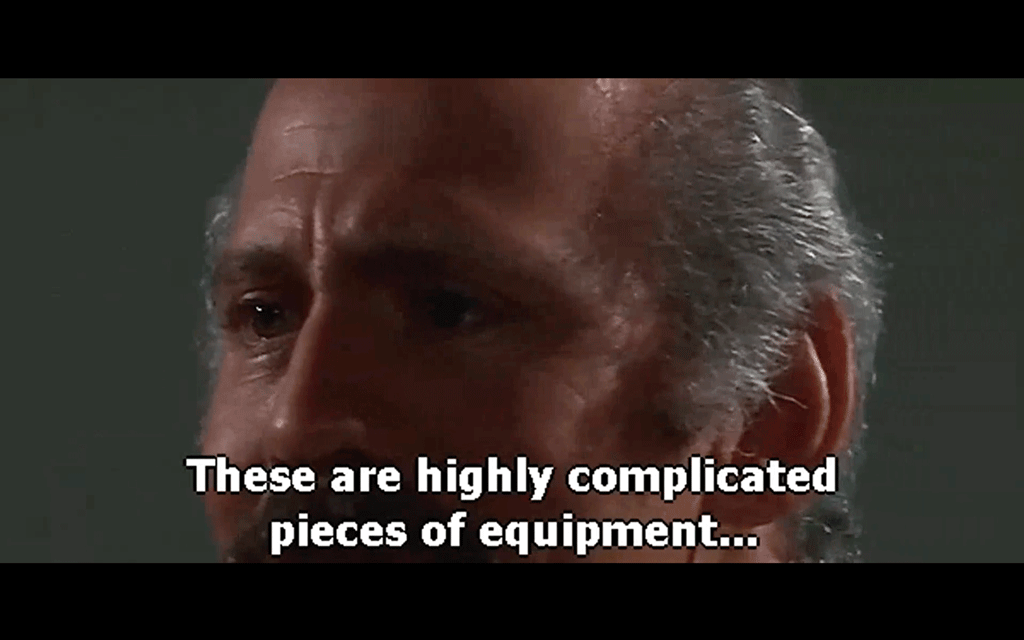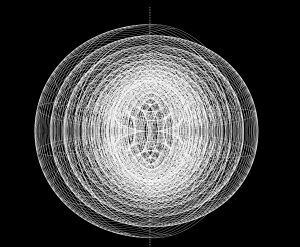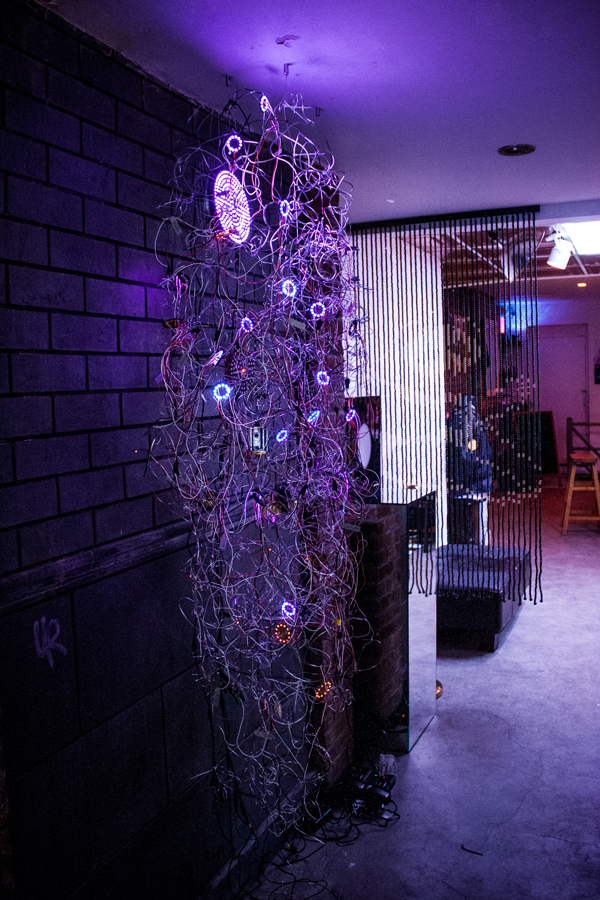New York
Encounter with a cyborg
September 2018.
I had the opportunity to meet the cyborg artist and trans-species activist Neil Harbisson in the Design and Research Seminar at A/D/O, Brooklyn. Harbisson is known for having an antenna implanted in his head that allows him to perceive visible and invisible colors to the human eye. Through audible vibrations in his skull, he can also perceive colors from space, images, videos, music or phone calls using an Internet connection. He is color blind and the first human being officially recognized as a cyborg by a government (United Kingdom). In his own words, he “no longer feels one hundred percent human” because technology is immanent to his nature. In other words, he has a permanent prosthesis that cannot be removed from his body. He is a human/machine hybrid being.
I came to the seminar with the purpose of confronting myself with this reality in which a human being increased his consciousness through technology. I wanted to explore my emotions and thoughts concerning this process of becoming a transhuman. So, I silently seat in the second row of the audience, observing and listening.
At first glance, one perceives only his appearance— the media celebrity association became indeed annoying for must of us, but once Harbisson began to explain his creative process, the distractions disappear. His blindness was ours.
I experienced Stelarc’s obsolescence described in The Monograph. An immediate need of updating my human “hardware” emerged. I wanted to be able to perceive the ultraviolet and infrared dimensions as he does. Not because of a matter of fashion but because of the ability this antenna provides expanding his vision to dimensions that clearly are hidden for me. Consumed by my inability to perceive beyond my human body does, a deep frustration overcame me. I felt mad. I wanted to know how to access this technology, the cost, the health risks, the moral and political implications. I thought about my civil rights, but above all, about the worsening of economic inequality. I imagined a world where sooner or later, we will need antennas like these. For an instant, I was living in a possible future of humans with antennas all over the place.
Surveillance and privacy concerns are occupying more and more headlines. The technological complexity is just beginning to be glimpsed. I met with a group of activists fighting for citizen privacy in New York, and it was fascinating how this matter is starting to rise. Facial recognition, AI helping in the making of financial decisions, AI doing medical diagnosis, AI doing moral judgments for the Justice system, and on top of that, the developer’s culture governed by ideas fraught of sexism and racism. Our collective human memory being archived into an artificial mind. How we pretend our artificial memory doesn’t bring all human issues on board?
Harbisson, this non-fictional super-man, is able to perceive the security cameras located in the auditorium, as well as my phone -all the telephones- and so many other devices that emit infrared energy. I was aware of all living bodies emitting electromagnetic radiation in the infrared zone. I felt so uncomfortable and vulnerable. We aren’t aware of this level of perception, at least not consciously. We can’t “see” the electromagnetic being in others. It was a certainty that this cyborg perceives aspects of ourselves, our bodies, that we don’t know.
We still do not have enough language to imagine or experience a shared reality with a cyborg— I was sunk in a grave problem of otherness and fear of the unknown.
I felt exposed. Suddenly my unconscious was emerging there, in public, through a new set of symbols that had no form in my mind, impossible to access by reason. Not even abstract images came to me. I barely imagine a world of electromagnetic spectrums in darkness. I stayed there, in this place of my mind and I observed and listened.
Unless I updated my body, I thought, it would never be possible to understand Harbisson. Any approach from my imagination or from my rational mind would be inaccurate and incomplete. I experienced a new degree of vulnerability. Precisely there, in front of everyone, my consciousness was unfolded, and I became my energetic body. Harbisson was exercising a new form of power. Between my fascination and my terror, I found myself feeling devastated, scared, and genuinely concerned about not being able to fully envision the moral and political implications of becoming a cyborg. All I could think was that I changed at the moment that I realize a new hybrid nature for future generations was here.
I felt physically affected. Sick of the dissociated questions of a lost audience among Instagram asking irrelevant questions. The comments accentuated my sickness. How far are we from the future?, I thought, a future that is leaving us behind. I remembered the words of Paul Pangaro when I first met him “Future is a matter of access.” I returned home with the feeling that I was in a science fiction episode with one difference: this was the reality. I decided to take a long walk all the way home.
I identify deeply with the group of artists who want to explore the sensations, perceptions, and feelings about our posthuman existence. “Our perception ends in objects, and the object that one constituted, appears as the reason for all the experiences we have had or could have” remarks the philosopher Marleau-Ponty in his book Phenomenology of Perception. To understand the technological body, we must inhabit it. On top of the vast amount of problems that we need to consider regarding AI development, we— the human race, will be defined by our parts. Marleau-Ponty refers to “bodily experience” as a “psychic fact” that, after a stimulus, calls the body’s consciousness to invade the body, in all its parts, until it becomes behavior.
I don’t know if I will be able to add permanent prosthesis to my body, but in the meantime I’m building an extended nervous system with the power to create the structures to experience what I need, allowing the transformation of the physical world into my augmented consciousness.
No fear any image of the future.
Extra Bonus:
Francesca Ferrando Keynote Presentation, I AM Weekend, The Quantumness of Arcipelagos, Barcelona, 20 March 2019. More info: www.theposthuman.org
![]()










